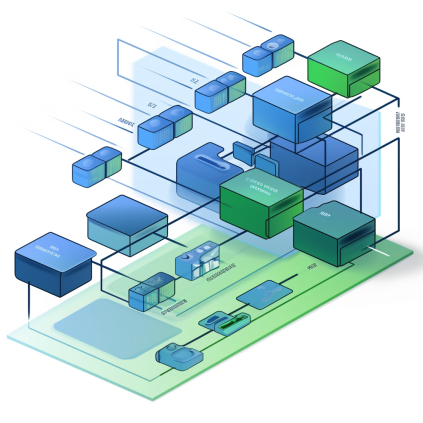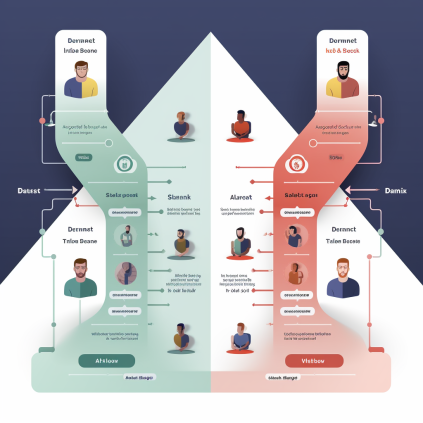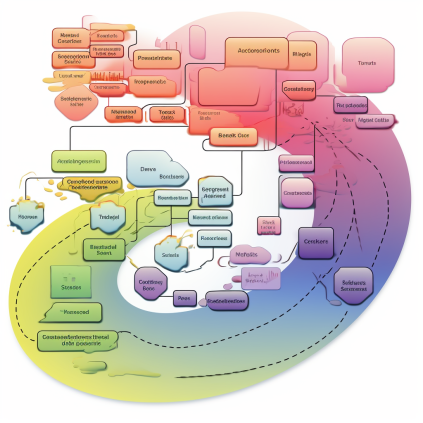Introduction
Software Deployment Release Strategies: In the world of software development, effective deployment and release strategies are the wind in the sails of successful application delivery. These strategies guide the journey from code development to the end-users’ hands, ensuring a smooth voyage. In this blog, we will explore various Software Deployment Release Strategies, their significance, and provide real-world examples (without specific company names) to illustrate their importance.


Software Deployment Release Strategies
Table of Contents
The Significance of Software Deployment and Release Strategies
Software Deployment Release Strategies play a pivotal role in the software development lifecycle. Here’s why they matter:
- Minimizing Disruption: Well-planned strategies aim to minimize disruption to users and operations during software deployment, ensuring business continuity.
- User Experience: Effective strategies enhance the user experience by delivering updates, enhancements, and new features seamlessly, without causing frustration or confusion.
- Risk Mitigation: These strategies involve rigorous testing and validation, reducing the risk of software defects, security vulnerabilities, and downtime.
- Compliance and Security: Strategies ensure that software deployments adhere to compliance regulations and security standards, safeguarding sensitive data.
- Rollback Plans: Having a rollback plan in place allows for swift recovery in case issues arise during deployment, preventing prolonged outages.
Common Software Deployment Release Strategies
Let’s explore some common Software Deployment Release Strategies that organizations use to navigate the complexities of delivering software to end-users:
1. Blue-Green Deployment
Overview: In a blue-green deployment, two identical environments, known as “blue” and “green,” are maintained. The current version of the software runs in one environment, while the new version is deployed and tested in the other. Once the new version is validated, traffic is switched from the old environment to the new one.


Blue-Green Deployment
Example: Consider an e-commerce platform using this strategy. Users continue to shop on the “blue” environment while the team deploys and tests a new version on the “green” environment. When ready, the switch to “green” is made seamlessly, minimizing disruption.
2. Feature Toggles (Feature Flags)
Overview: Feature toggles involve selectively enabling or disabling specific features within the software. This strategy allows developers to release features gradually, test them with a subset of users, and monitor their impact.
Example: Imagine a social media application. Developers use feature toggles to introduce a new commenting system. They enable this feature for a small percentage of users to gather feedback and address any issues before a full release.


Feature Toggles (Feature Flags)
3. Canary Deployment
Overview: Canary deployment involves releasing new software to a subset of users or servers before rolling it out to the entire user base. This strategy allows for early testing and feedback collection.
Example: In the context of a cloud-based email service, a canary deployment might involve releasing new email filtering algorithms to a small group of users. This approach helps identify and address issues early while protecting the majority of users from potential problems.


Canary Deployment
4. A/B Testing
Overview: A/B testing involves releasing multiple variations of a software feature to different user groups. The strategy allows organizations to assess which version performs better in terms of user engagement, conversion rates, or other key metrics.
Example: An e-commerce website might run an A/B test on its checkout page. Half of the users see one version of the page, while the other half sees an alternative version. The organization analyzes data to determine which page design results in higher conversion rates.


A/B Testing
5. Continuous Delivery (CD)


Continuous Deployment
Overview: Continuous delivery is an approach where code changes are automatically built, tested, and deployed to production if they pass predefined criteria. This strategy aims for rapid and frequent releases.
Example: A software-as-a-service (SaaS) provider employs continuous delivery for its cloud-based collaboration tool. Developers continuously push updates and new features, allowing users to access improvements without disruption.
Real-World Examples
Let’s explore two real-world examples of organizations effectively implementing Software Deployment Release Strategies without mentioning specific company names:
Example 1: Continuous Deployment Success
Background: A technology company aimed to accelerate its software delivery process and improve user experience.
Strategy: The company adopted continuous deployment, enabling automated testing, and rapid code deployment. Developers were encouraged to submit small, frequent code changes. Extensive automated testing was in place to catch issues early.
Outcome: This approach resulted in faster feature releases, quicker issue resolution, and heightened user satisfaction. The organization responded rapidly to user feedback, enhancing its software’s overall quality.
Example 2: Feature Toggles in a Content Management System
Background: A content management system provider sought to introduce a new content editing feature to its platform.
Strategy: Developers employed feature toggles to introduce the new editing feature. Initially, it was only enabled for the company’s internal content team and select power users. The team collected feedback and addressed issues before gradually rolling out the feature to all users.
Outcome: By using feature toggles, the company ensured a smooth release of the new editing feature. Issues were resolved early, and user feedback helped fine-tune the functionality, resulting in a positive user experience.
Key Considerations for Effective Strategies
To implement effective Software Deployment Release Strategies, organizations should consider the following key factors:
- Automated Testing: Invest in automated testing to catch issues early and ensure code quality.
- Monitoring and Feedback: Continuously monitor software performance and gather user feedback to make data-driven decisions.
- Security: Incorporate security checks and measures into the deployment pipeline to protect against vulnerabilities.
- Scalability: Ensure that strategies can scale to accommodate growing user bases and evolving software needs.
- Rollback Plans: Develop well-defined rollback plans to quickly address issues and minimize disruptions.
Software Deployment Release Strategies : Conclusion
Effective Software Deployment Release Strategies are the compass that guides software development organizations toward success. Whether it’s blue-green deployments, feature toggles, canary deployments, A/B testing, or continuous delivery, these strategies help organizations deliver quality software with minimal disruption and enhanced user experiences.
Real-world examples showcase the practical application of these strategies, resulting in improved user satisfaction, faster development cycles, and the ability to respond swiftly to evolving user needs. By carefully considering key factors and embracing innovative deployment and release approaches, organizations can navigate the complex waters of software development and emerge victorious.

